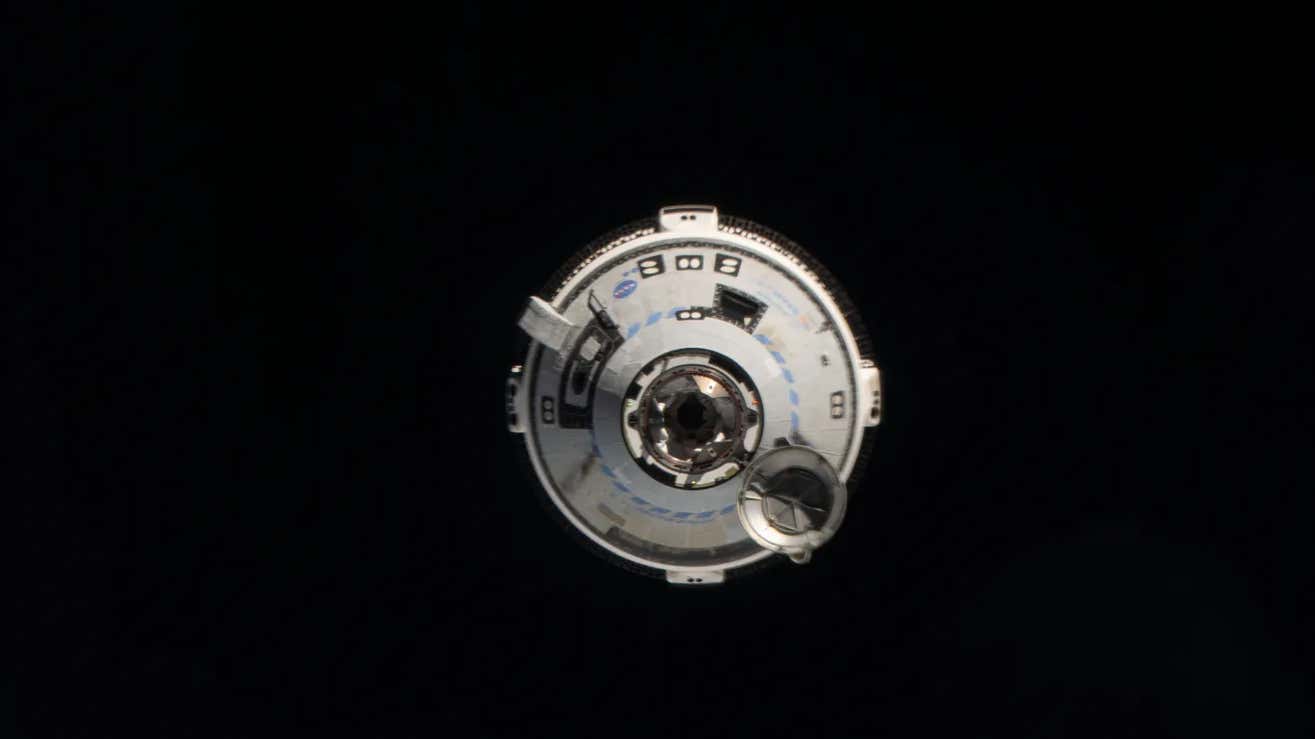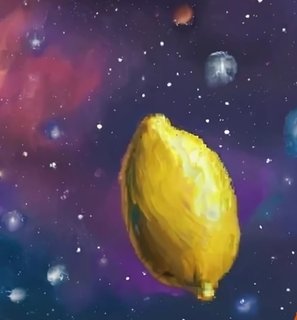
Posted on 06/13/2024 5:12:45 AM PDT by Red Badger
Starliner teams detected a helium leak before launch, two more after liftoff, and now a fourth and fifth leak with the vehicle docked at the ISS. Oh my.

The Starliner spacecraft approaching the International Space Station. Photo: NASA
**************************************************************
Following an iffy docking at the International Space Station last week, Boeing managed to deliver a pair of NASA astronauts to the orbital lab. The stressful Starliner saga continues as the crew capsule developed more leaks in its service module. NASA is currently evaluating its ability to return the duo back to Earth.
In an update shared on Monday, NASA revealed that the Starliner teams are assessing the impact that five helium leaks would have on the remainder of the mission. “While Starliner is docked, all the manifolds are closed per normal mission operations preventing helium loss from the tanks,” the space agency wrote.
If you’ve been keeping track, there were three leaks on the Starliner spacecraft the last time we checked. Starliner teams had identified two new leaks on the spacecraft after it launched on June 5, in addition to a helium leak that was detected prior to liftoff. The team took some time to assess the issue before launching the capsule, but eventually Boeing and NASA decided to proceed with flying the crew on the leaky Starliner spacecraft without resolving the problem.
The spacecraft consists of a reusable crew capsule and an expendable service module. Helium is used in the spacecraft’s thruster systems to allow the thrusters to fire without being combustible or toxic. “We can handle this particular leak if that leak rate were to grow even up to 100 times,” Steve Stich, manager of NASA’s Commercial Crew Program, said during a news conference before the Starliner launch.
Well, it’s getting there. Despite the leaks suggesting a larger issue with Starliner’s propulsion system, NASA remains confident in its commercial partner and is downplaying the spacecraft’s anomalies. “Engineers evaluated the helium supply based on current leak rates and determined that Starliner has plenty of margin to support the return trip from station,” NASA wrote in its update. “Only seven hours of free-flight time is needed to perform a normal end of mission, and Starliner currently has enough helium left in its tanks to support 70 hours of free flight activity following undocking.”
A “normal end of mission” is key here seeing as how Starliner had a hard time docking to the ISS. Starliner missed its first docking opportunity at 12:15 p.m. ET due to technical issues, prompting NASA to target another docking window an hour later. Five of the spacecraft thrusters failed during its approach, and four were subsequently recovered. The capsule finally docked with the ISS at 1:34 p.m. ET on June 6.
While it’s parked outside the ISS, engineers also are evaluating an RCS oxidizer isolation valve in the service module that’s not properly closed, according to NASA’s recent update. An RCS, or Reaction Control System, uses thrusters for attitude control and steering, while the oxidizer isolation valve regulates the flow of oxidizer, which is essential for burning fuel in the thrusters. Mission managers are continuing to work through the return plan, which includes assessments of flight rationale, fault tolerance, and potential operational mitigations for the remainder of the flight,” the space agency wrote.
Starliner is scheduled to undock from the orbital space station no earlier than June 18. The Crewed Flight Test is part of NASA’s Commercial Crew Program and is meant to transport crew and cargo to and from the International Space Station (ISS) under a $4.3 billion contract with the space agency. NASA’s other commercial partner, SpaceX, has so far launched eight crews to the space station.
The spacecraft’s first crewed flight was meant to usher in regular trips to the ISS, but NASA may require Starliner to undergo some fixes before it approves the capsule for normal operations.
For more spaceflight in your life, follow us on X and bookmark Gizmodo’s dedicated Spaceflight page.
Great point FreedomPoster. I have my doubts about Hydrogen cars as well. It seems to be a fantastic concept, and can work in a controlled environment, but what happens when you have hundreds, thousands, and perhaps millions on the road? There are always unforeseen issues. For instance, EV’s sound great until you do the math on mass consumption. Aside from the usual difficulties, thieves are stealing the charging cords for the copper. Can you imagine the feeling of driving 200 miles and needing a charge, and you pull up to a station and there are no charging cables available? So, they will have to be designed to carry your own charging cable, which will be expensive, etc.
Close, but not quite. High caste south Asian "Sunita Lyn Williams (née Pandya; "
A two pointer.
The difference between SpaceX and Boeing is that Elon doesn’t hire based on diversity quotas. He hires only geniuses, according to him.
Careful..
Are you suggesting that "white folk" are qualified for this work? 😛/s
"Dancing in the Street". Exactly! This is the song as produced by Boeing. https://www.youtube.com/watch?v=BHkhIjG0DKc
Better than when Biden’s diapers leak.
Engineering Degree from the University of DEI correspondence course.
I believe that NASA and Boeing are willing to sacrifice those two brave astronauts rather than turn to SpaceX for assistance.
Well ... since the Russians are in worse shape than Boeing, that means SpaceX.
Being from The Old South, she ‘passes’, as they used to say................
A Russian cargo resupply wessel docked just 12 days ago
Russia has agreed to support the ISS until 2028
With everyone taking those leaks, the capsule must stink pretty badly...
I was thinking more of “Space Oddity”................
That’s a woman ?

“Its just a scratch”
Well, she’s gotta few miles on her...............

“Helium is used in the spacecraft’s thruster systems to allow the thrusters to fire without being combustible or toxic.”
And there you have it. The greeniacs forced them to stop using proven hydrazine thrusters.
Well, we wouldn’t want to cause Spatial Warming, now would we?..............
Disclaimer: Opinions posted on Free Republic are those of the individual posters and do not necessarily represent the opinion of Free Republic or its management. All materials posted herein are protected by copyright law and the exemption for fair use of copyrighted works.